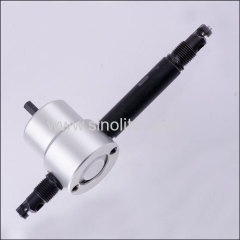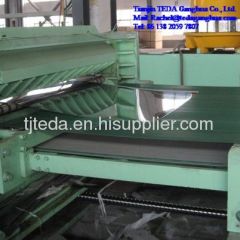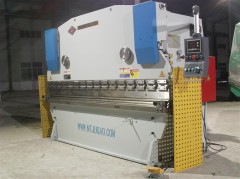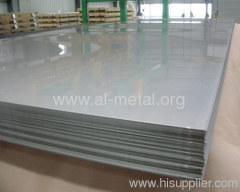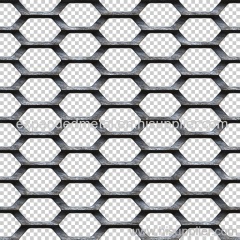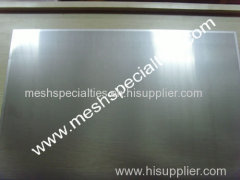U-sectionsteel sheet piles are used for constructing retaining walls andthey are connected together to form continuous walls using slidingjoints located along their centerlines. Interpile movement along these jointscan, in theory, reduce strength by 55% and stiffness by70%, in comparison with the performance of piles in whichno slip occurs (full composite action). This problem of interlockslippage is known as reduced modulus action (RMA). Despite thepotential for this problem, it is common practice in manycountries to ignore RMA in design, although the exact conditionsgoverning when it becomes a design issue are not fullyunderstood. This paper presents results from an investigation into thisproblem using experimental tests carried out using miniature piles. Unlikeprevious studies these tests were carried out using a similarload arrangement to that found in practice. The investigation indicatesthat the loading configuration affects the development of RMA andthat friction between pile interlocks has the potential to mitigatemuch of the effect of RMA. A numerical model simulatingthe tests was developed and it has been used tomodel full-scale piles. The study indicates that many commonly occurringforms of steel sheet pile walls are unlikely to exhibitsignificant problems from RMA and this is relevant to piledesign using Eurocode 3: Part 5.



